We put the Google Pixel 9 Pro XL through our rigorous DXOMARK Selfie test suite to measure its performance in photo and video from an end-user perspective. This article breaks down how the device fared in a variety of tests and several common use cases and is intended to highlight the most important results of our testing with an extract of the captured data.
Overview
Key front camera specifications:
- 42 MP sensor, Dual PD
- f/2.2-aperture lens
- Autofocus
- 4K video at 30/60fps (4K at 30fps tested)
Scoring
Sub-scores and attributes included in the calculations of the global score.
Google Pixel 9 Pro XL


 5th
5th 5th
5thPros
- Nice colors and accurate skin tones in most conditions, for both photo and video
- High levels of contrast when images are viewed on HDR display
- Good exposure in photo and video
- Accurate focus on face
- Good detail in daylight and indoors, for both photo and video
- Smooth video stabilization when panning
The Google Pixel 9 Pro XL delivered an excellent performance in the DXOMARK Selfie tests, securing itself a position close to the top of our ranking. The new model comes with updated front camera hardware compared to the predecessor Pixel 8 Pro, including a wider focal length and a bigger sensor with an increased pixel count. These changes contributed to a noticeably improved overall image quality.
The bigger sensor allowed for higher levels of detail, which our testers found to be especially beneficial when capturing close-ups. In addition, significant improvements were observed in terms of color and exposure accuracy, partly due to the HDR format.
In HDR video mode, the Pixel 9 Pro XL competed closely with class-leading devices, such as the Apple iPhone 15 Pro Max and Honor Magic 6 Pro, delivering a well-rounded video performance, with accurate exposure, a wide dynamic range, vibrant colors, and good levels of detail. The device also offered smooth video stabilization, which was particularly noticeable in panning and walk shots.
Test summary
About DXOMARK Selfie tests: For scoring and analysis, DXOMARK engineers capture and evaluate more than 1,500 test images both in controlled lab environments and in outdoor, indoor and low-light natural scenes, using the front camera’s default settings. The photo protocol is designed to take into account the user’s needs and is based on typical shooting scenarios, such as close-up and group selfies. The evaluation is performed by visually inspecting images against a reference of natural scenes, and by running objective measurements on images of charts captured in the lab under different lighting conditions from 1 to 1,000+ lux and color temperatures from 2,300K to 6,500K. For more information about the DXOMARK Selfie test protocol, click here. More details on how we score smartphone cameras are available here. The following section gathers key elements of DXOMARK’s exhaustive tests and analyses .Full performance evaluations are available upon request. Please contact us on how to receive a full report.
Photo
Google Pixel 9 Pro XL
149
The Google Pixel 9 Pro XL did a very good job in photo mode. Its pleasant color rendering and wide dynamic range were particularly outstanding, with the device earning itself new top scores in color and exposure. On the downside, the latest Google flagship could not quite keep up with the best in class in terms of balancing detail retention and noise reduction.
Please note: The Google Pixel 9 Pro XL’s HDR images were assessed using an HDR display. The comparison photos from the Apple iPhone 15 Pro Max were also evaluated as HDR files on an HDR display. However, Apple’s HEIC files cannot be displayed on this webpage. We have therefore embedded converted SDR files, which may not fully represent the iPhone’s capabilities.

Exposure
Google Pixel 9 Pro XL
99
Exposure is one of the key attributes for technically good pictures. The main attribute evaluated is the brightness of the face(s) in various use cases and light conditions. Other factors evaluated are the contrast and the dynamic range, eg. the ability to render visible details in both bright and dark areas of the image. Repeatability is also important because it demonstrates the camera's ability to provide the same rendering when shooting consecutive images in a row.
In our tests, the Google Pixel 9 Pro XL front camera consistently produced accurate target exposures and a wide dynamic range. Strong contrast made for vibrant and pleasant image rendering, despite some occasional slight shadow clipping.
Color is one of the key attributes for technically good pictures. The image quality attributes analyzed are skin-tone rendering, white balance, color shading, and repeatability.
In terms of color, the Pixel 9 Pro XL delivered a natural warm white balance. In addition, overall color rendering was better than on most rivals in the Ultra Premium segment, offering exceptionally accurate skin-tone rendering.

Focus
Google Pixel 9 Pro XL
105
Autofocus tests evaluate the accuracy of the focus on the subject’s face, the repeatability of an accurate focus, and the depth of field. While a shallow depth of field can be pleasant for a single-subject selfie or close-up shot, it can be problematic in specific conditions such as group selfies; both situations are tested. Focus accuracy is also evaluated in all the real-life images taken, from 30cm to 150cm, and in low light to outdoor conditions.
Like its predecessor, the Pixel 9 Pro XL comes equipped with an autofocus system for its front camera. Compared to the system in the previous model, our testers observed several improvements, allowing for a more stable focus. In addition, the camera offers a wider depth of field and more optimized focus points. In our tests, this resulted in better detail across all image planes, from foreground to background. This was particularly noticeable in group selfies and similar scenes with multiple planes.

Texture
Google Pixel 9 Pro XL
79
Texture tests analyze the level of details and the texture of subjects in the images taken in the lab as well as in real-life scenarios. For natural shots, particular attention is paid to the level of details in facial features, such as the eyes. Objective measurements are performed on chart images taken in various lighting conditions from 1 to 1000 lux and different kinds of dynamic range conditions. The charts used are the proprietary DXOMARK chart (DMC) and the Dead Leaves chart.
Texture and noise left some slight room for improvement, especially when shooting in high-contrast conditions where a loss of detail could be noticeable. This also resulted in a higher level of noise.

Noise
Google Pixel 9 Pro XL
94
Noise tests analyze various attributes of noise such as intensity, chromaticity, grain, and structure on real-life images as well as images of charts taken in the lab. For natural images, particular attention is paid to the noise on faces, but also on dark areas and high dynamic range conditions. Objective measurements are performed on images of charts taken in various conditions from 1 to 1000 lux and different kinds of dynamic range conditions. The chart used is the DXOMARK Dead Leaves chart and the standardized measurement such as Visual Noise derived from ISO 15739.
Compared to previous Google Pixel generations, image noise was generally fairly well under control in most use cases. Overall noise characteristics were better than on the iPhone 15 Pro Max, particularly when shooting in low light.

Artifacts
Google Pixel 9 Pro XL
91
The artifacts evaluation looks at lens shading, chromatic aberrations, distortion measurement on the Dot chart and MTF, and ringing measurements on the SFR chart in the lab. Particular attention is paid to ghosting, quantization, halos, and hue shifts on the face among others. The more severe and the more frequent the artifact, the higher the point deduction on the score. The main artifacts observed and corresponding point loss are listed below.
In terms of unwanted image artifacts, our testers observed only minor issues, and the Pixel 9 Pro XL did overall very well in this category. This said, color quantization was noticeable in some scenes, as well as some slight anamorphosis with subjects near the edge of the frame (expressed by the face rendering artifact score in the graph below).

Bokeh
Google Pixel 9 Pro XL
80
Bokeh is tested in one dedicated mode, usually portrait or aperture mode, and analyzed by visually inspecting all the images captured in the lab and in natural conditions. The goal is to reproduce portrait photography comparable to one taken with a DSLR and a wide aperture. The main image quality attributes paid attention to are depth estimation, artifacts, blur gradient, and the shape of the bokeh blur spotlights. Portrait image quality attributes (exposure, color, texture) are also taken into account.
Compared to the Pixel 8 Pro, the new model’s bokeh performance has improved, with a smoother blur gradient and better subject isolation, especially when shooting in low light. This said, occasional depth estimation artifacts were still noticeable.
Video
Google Pixel 9 Pro XL
156
DXOMARK engineers capture and evaluate more than 2 hours of video in controlled lab environments and in natural low-light, indoor and outdoor scenes, using the front camera’s default settings. The evaluation consists of visually inspecting natural videos taken in various conditions and running objective measurements on videos of charts recorded in the lab under different conditions from 1 to 1000+ lux and color temperatures from 2,300K to 6,500K.
In our front camera video tests, the Google Pixel 9 Pro XL delivered a solid and consistent performance, with overall results that were slightly better than on the predecessor Pixel 8 Pro.
Video exposure was accurate, with nice contrast in most conditions. A wide dynamic range allowed for good highlight and shadow detail, as well as smooth transitions during changes in lighting. Video color rendering was mostly pleasant, with accurate skin tones and a natural white balance. Some slight color casts could be noticeable when recording indoors and in low light. Video autofocus was fast and reliable. The texture/noise trade-off was quite good in bright light, with high levels of details, but decreased in dimmer light conditions. Noise could be noticeable in most recording conditions, ranging from slight noise in bright light to quite intrusive noise levels in low-light recordings. Video stabilization was very effective, especially when standing still while recording. In moving shots camera shake could be more noticeable.
Please note that we tested the Google Pixel 8 Pro video at HDR setting analyzed on an HDR display.

Exposure
Google Pixel 9 Pro XL
87
Exposure tests evaluate the brightness of the face and the dynamic range, eg. the ability to render visible details in both bright and dark areas of the image. Stability and temporal adaption of the exposure are also analyzed.
In our tests, the Pixel 9 Pro XL delivered very good video exposure, with accurate target exposure, particularly when recording in daylight and under typical indoor lighting. However, in low light, the camera occasionally struggled to achieve good target exposure. Dynamic range was fairly wide and slightly improved over the predecessor, especially in low light. The HDR format helped recover highlight detail and allowed for an overall more pleasant contrast.

Color
Google Pixel 9 Pro XL
90
Image-quality color analysis looks at skin-tone rendering, white balance, color shading, stability of the white balance and its adaption when light is changing.
Color performance was exceptional when recording in bright outdoor light and indoors, especially in terms of skin tone accuracy and white balance. However, the camera occasionally struggled with color rendering in low light and in some high-contrast scenes.

Focus
Google Pixel 9 Pro XL
92
The autofocus system generally worked better than on the Pixel 8 Pro, delivering accurate focus in a consistent and robust way.

Texture
Google Pixel 9 Pro XL
97
Texture tests analyze the level of details and texture of the real-life videos as well as the videos of charts recorded in the lab. Natural video recordings are visually evaluated, with particular attention paid to the level of detail on the facial features. Objective measurements are performed of images of charts taken in various conditions from 1 to 1000 lux. The chart used is the Dead Leaves chart.
The trade-off between noise reduction and detail retention in video mode left some slight room for improvement. The level of recorded detail was quite high in bright light but decreased significantly in low-light conditions.

Noise
Google Pixel 9 Pro XL
83
Noise tests analyze various attributes of noise such as intensity, chromaticity, grain, structure, temporal aspects on real-life video recording as well as videos of charts taken in the lab. Natural videos are visually evaluated, with particular attention paid to the noise on faces. Objective measurements are performed on the videos of charts recorded in various conditions from 1 to 1000 lux. The chart used is the DXOMARK visual noise chart.
Video noise and a loss of detail could sometimes be noticeable, especially in high-contrast scenes and in low light. Slight noise could also be seen in video clips recorded in bright light.

Stabilization
Google Pixel 9 Pro XL
82
Stabilization evaluation tests the ability of the device to stabilize footage thanks to software or hardware technologies such as OIS, EIS, or any others means. The evaluation looks at overall residual motion on the face and the background, smoothness and jello artifacts, during walk and panning use cases in various lighting conditions. The video below is an extract from one of the tested scenes.
Video stabilization was generally very effective, with minimal camera shake, especially when hand-holding the camera while recording.

Artifacts
Google Pixel 9 Pro XL
92
Artifacts are evaluated with MTF and ringing measurements on the SFR chart in the lab as well as frame-rate measurements using the LED Universal Timer. Natural videos are visually evaluated by paying particular attention to artifacts such as quantization, hue shift, and face-rendering artifacts among others. The more severe and the more frequent the artifact, the higher the point deduction from the score. The main artifacts and corresponding point loss are listed below





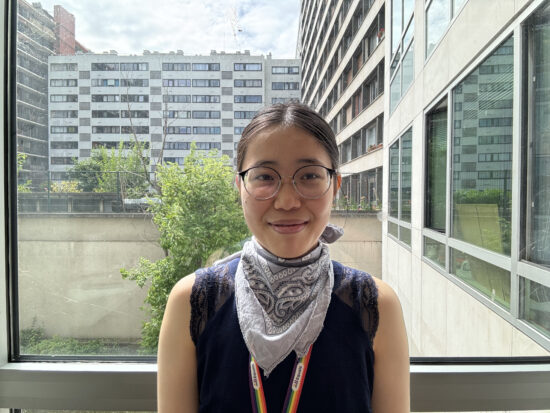
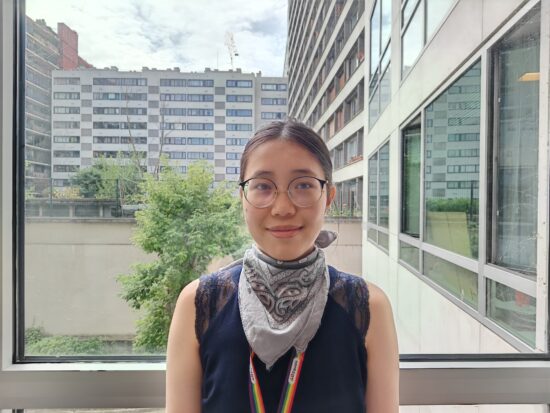
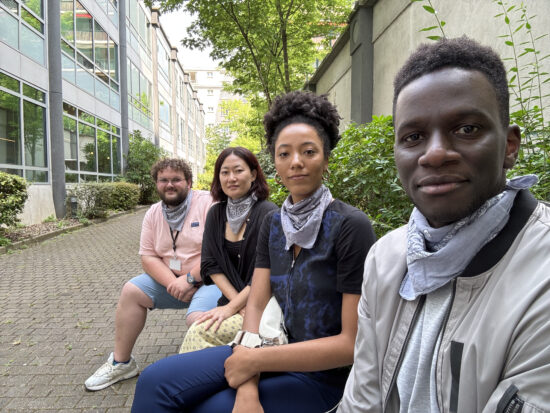
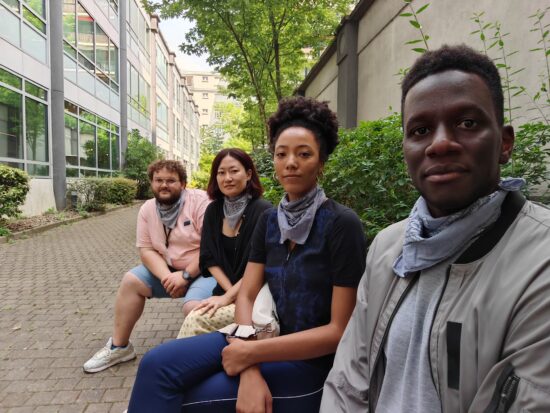
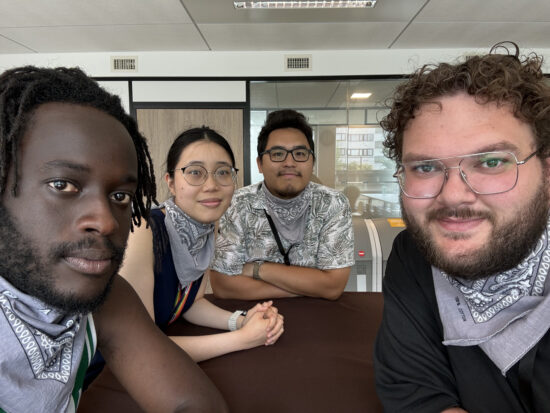
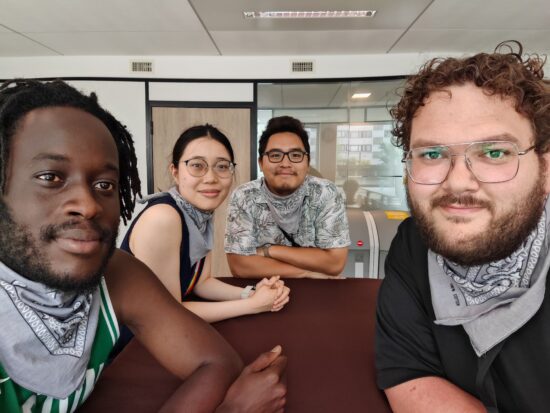




DXOMARK encourages its readers to share comments on the articles. To read or post comments, Disqus cookies are required. Change your Cookies Preferences and read more about our Comment Policy.